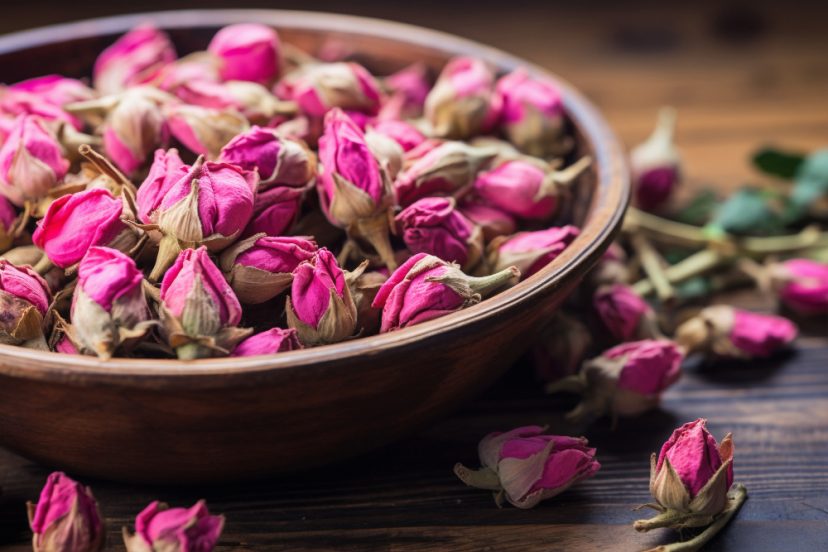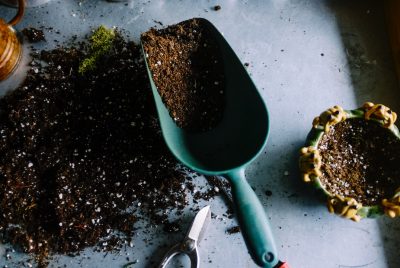How to Use Edible Rose Petals
I often find myself exploring the vibrant spectrum of possibilities that flowers offer. Among these, roses stand out not just for their visual allure but also for a delightful secret they hold – their petals are edible! In this article, we will embark on a flavorful journey exploring the world of edible rose petals, addressing the common questions that may arise: Are they safe to eat? How can you use them in your culinary endeavors? Let’s unravel the petals and discover the culinary wonders hidden within.
Roses Beyond Aesthetic Appeal
Roses are flowering plants that belong to the genus Rosa, which is part of the Rosaceae family. They are one of the most well-known and widely cultivated groups of ornamental plants. They are appreciated for their beauty, fragrance, and symbolic significance. Roses come in various colors, including red, pink, white, yellow, and more. They typically feature thorny stems and serrated leaves. Roses are beautiful to look at, but their potential extends beyond mere visual pleasure. The question that often arises is, “Can you eat rose petals?” The answer is a resounding yes! Edible rose petals open up a new dimension in gastronomy, both as subtle floral taste and a visually appealing touch to dishes.
Health Benefits of Rose Petals
Rose petals contain antioxidants, which are compounds that help neutralize harmful free radicals in the body. Antioxidants play a role in supporting overall health and may contribute to reducing oxidative stress. Roses are a natural source of certain vitamins, including vitamin C. Vitamin C has immune-boosting properties and can boost skin health. The fragrance of roses is often associated with relaxation and stress reduction. Ingesting rose petals, in the form of rose tea, may have a soothing effect, helping to alleviate stress and anxiety.
Rose Petals Benefits and Uses
A lot of people hear about rose hips – rose hips are excellent because they’re incredibly high in vitamin C but the petals sometimes get overlooked. Even though they may not be as high in vitamin C as the hips themselves, they still are full of great benefits. Vitamins such as C, D, E, and B vitamins and phenolic acid are present in the rose petals. These are very nourishing and helpful to the body.

Some of the ways that I like to use rose petals is directly linked to its properties, like anti-inflammatory, antioxidant and antimicrobial. Rose petals are helpful with digestion because they’re very soothing to the digestive tract. Personally, I drink a cup of rose tea whenever I have constipation (use 7 rose buds for a cup). Plus the added benefit of anti-aging properties for my skin!
Especially to our female readers, I cannot emphasize enough the wonderful benefits of roses. Its anti-inflammatory benefits are effective in keeping the urinary tract well. It is also very good at easing menstrual cramps and also in helping to regulate heavy flow.
Its antibacterial properties also help dry up your blemishes without drying the skin. There are also moisturizing properties so rose petals can be used in various ways for the skin in terms of toning, cleansing and moisturizing.
How to Dehydrate Rose Petals
I found this incredibly useful video that teaches how to dehydrate rose petals at home! Instead of using another kitchen equipment like a dehydrator, you can now dry the petals for future use.
The Culinary Versatility of Edible Rose Petals
Edible rose petals are a versatile addition to various dishes. From salads to desserts, their delicate flavor adds a unique twist to culinary creations. Here are several ways you can enjoy the culinary benefits of rose petals:
1. Fresh in Salads:
Add fresh rose petals to green salads or fruit salads for a burst of color and a subtle floral flavor. Make sure to wash the petals thoroughly and use only those from edible rose varieties.
2. Garnish for Desserts:
Sprinkle dried rose petals over desserts like cakes, cupcakes, or puddings. The delicate petals can add an elegant and fragrant touch to your sweet treats.
3. Infuse in Beverages:
Make a soothing rose petal tea by steeping fresh or dried petals in hot water. You can enhance the flavor by adding a touch of honey or a slice of lemon. Alternatively, infuse rose petals in cold water for a refreshing summer drink.

4. Floral Ice Cubes:
Freeze rose petals into ice cubes to add a decorative and flavorful element to your beverages. This is especially attractive in iced teas, lemonades, or cocktails.
5. Culinary Creations:
Experiment with incorporating rose petals into various recipes. They can be added to syrups, jams, or jellies, giving your creations a subtle floral twist. Consider making a rose petal-infused honey for a unique sweetener.

6. Savory Dishes:
Use rose petals in savory dishes such as rice pilafs, salads, or sauces. Their delicate flavor can complement both sweet and savory flavors, providing a nuanced taste to your meals.
7. Rose Water:
Extract the essence of roses by making rose water. This can be used in both sweet and savory recipes, as well as in beauty and skincare routines. Ensure you use pesticide-free roses for making rose water.
8. Homemade Rose Petal Jam:
Create a fragrant and flavorful jam by combining rose petals with sugar and a touch of lemon juice. Spread this jam on toast, scones, or use it as a topping for desserts.
9. Candied Rose Petals:
Make candied rose petals by coating them in sugar. These make for a sweet and visually appealing garnish for cakes, cookies, or other desserts.
10. Rose Petal Lassi or Smoothie:
Blend fresh or dried rose petals into a lassi or smoothie for a refreshing and fragrant beverage. Combine them with yogurt, fruits, and a hint of honey for added sweetness.
Before consuming rose petals, ensure they are sourced from organic, pesticide-free roses to avoid any potential harm from chemicals. Additionally, if you have allergies to flowers or plants, it’s advisable to exercise caution and consult with a healthcare professional.
Rose Petals: A Floral Finale to Your Culinary Journey
In conclusion, edible rose petals are not just a feast for the eyes but also a delightful addition to your culinary repertoire. From sweet to savory, their versatility knows no bounds. So, go ahead, unleash your creativity in the kitchen, and let the delicate fragrance of roses elevate your dining experiences.
FAQs
- Are all rose petals edible?
- Not all rose petals are edible. It’s crucial to choose petals from organic, pesticide-free roses to ensure they are safe for consumption.
- Can I use any type of rose in cooking?
- While many varieties are edible, it’s best to use roses specifically labeled as “culinary” or “edible” to ensure their safety for consumption.
- How can I store edible rose petals?
- Store them in an airtight container in the refrigerator. They can also be dried and stored in a cool, dark place for later use.
- Are there any health benefits to consuming edible rose petals?
- Rose petals contain antioxidants and vitamins, offering potential health benefits. However, they should be part of a balanced diet.
- Can I use rose petals in savory dishes?
- Absolutely! Experiment with adding rose petals to rice, salads, sauces, and other savory dishes for a unique flavor experience.





